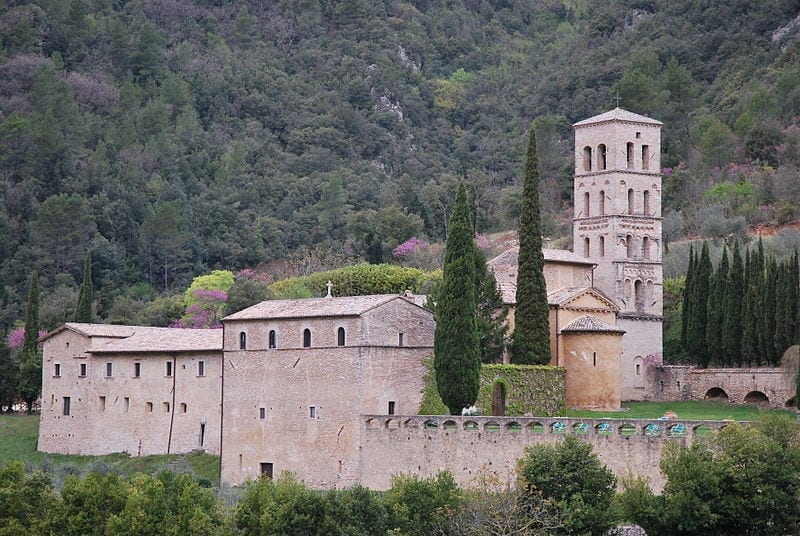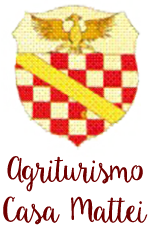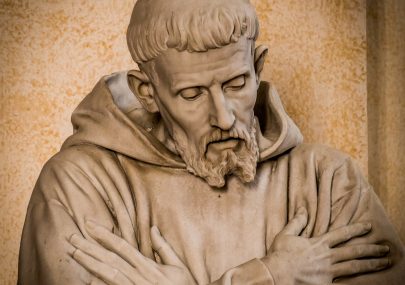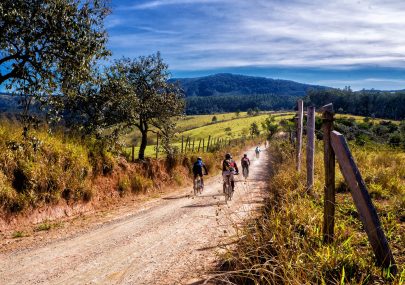
Religious itineraries
lease visit the website: www.comune.narni.tr.it/canale.php churches,monasteries and abbeys. Also it is worth visiting: the Court Inquisition, info available in the website www.narnisoltreea.it Guided tours Eroli Museum info opening time Pala del Ghirlandaio and B. Gozzoli www.museiprovinciaterni.it/context_musei.jsp?_LINK=47 Giano dell’Umbria: Sanit Felice’s Abbey. The legend tells that the body of the bishop was collected by his disciples and transported “ In locum qui dicitur Castricianum” in the place called “Castricianum”, “Castrun Icciani”, today “Janus”, where he was buried. The first settlement of a monastic community near the church is dated around the year 950 and it is supported by the numerous sculptural fragments reused in subsequent buildings and attributable to that period. The important Abbey with the bull of Gregory IX (11 March 1373), was submitted to that of Sassovivo, near Foligno but in the XV century, it lapsed. In 1450, the Cassinesi Benedictines were sent away and the Augustinians took the Abbey. The Augustinians, however, were expelled in 1798 because of their immoral and scandalous conduct and Pope Pio VI, gave all the goods of the abbey to the schools of Spoleto. After the Augustinians, the Passionists took over the monastery but only for a short period, until 1803. In 1815, the church and the monastery became the cradle of the Congregation of the Precious Blood whose priests still live there. The current church was built between the XI and XII century. The architectural structure reflects a period of great renewal and evolution, the same structure can be identified in Spoleto, St. Gregorio Mggiore, St. Ponziano, St. Giuliano sul Monteluco, St Sabino, St. Brizio and St. Pietro di Bovara. During the centuries both inside and outside the structure, changes and additions were made and during the 18th century, it was covered with a pictorical decoration and stuccoes (the painted frontal today in the National Galley of Umbria in Perugia). Probably the frontal was made to decorate the crypt which is in front of the sarcophagus of the Saint where there were represented the scenes of his martyrdom.


